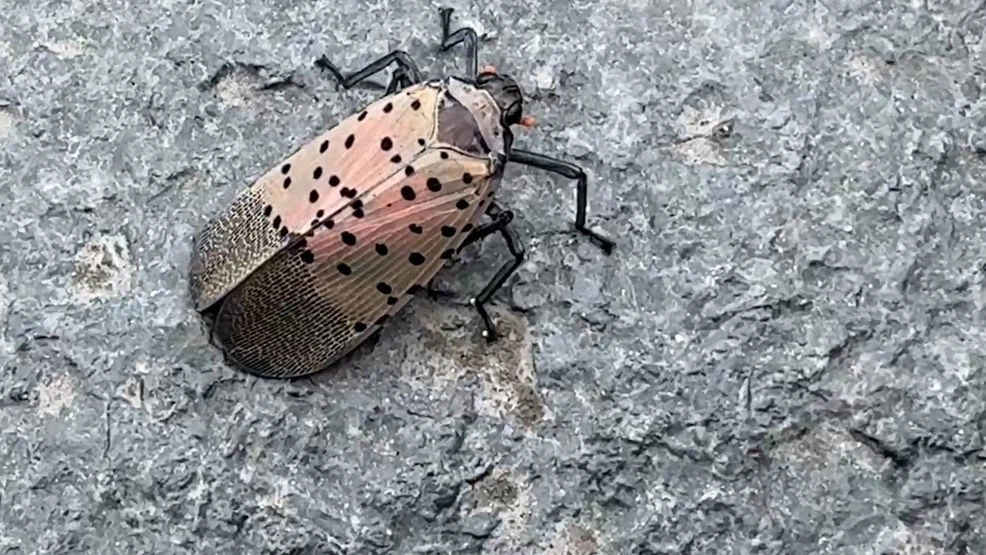
By now, the sight of a may be triggering; they’re everywhere — but maybe not for much longer.
While the flies were initially reported in the region more than usual, an expert says that as the temperature changes, you will likely see them less.
SEE MORE |
“Lanternflies are from Asia. They came here originally to the Philadelphia area and then moved here into Maryland a few years ago, Montgomery County,” Andrew Driscoll, a Plant Health Horticulturist at Parks told 7News. “We haven’t really started seeing them until the end of last year, and now, really, this year is the big population.
According to Driscoll and other experts, this season has been far worse than the others.
“The population growth is usually exponential; you start with a few, and then they are laying a lot of eggs. And so every year we get more and more and more; fortunately, this should be one of our worst years, and it should be getting better,” Driscoll said.
The lanternflies frequent the Tree of Heaven, a popular tree type around the county, but Driscoll said, despite the county’s five-year plan to remove those trees, among other trees in the county, it won’t make a difference toward lanternflies.
“They’re such a generalist, they can go feed on other trees. So they’re going to move. If they don’t have Tree of Heaven, they’re going to go move to other trees,” Driscoll said.
“There’s a number of invasive trees that we didn’t know they were invasive at the time when we planted them in the landscape, because we were planting them because they were pest-resistant and really resilient trees, and they looked nice. And so we planted them many years ago, and then we realized they were invading into our natural areas. And so we’re trying to correct that problem by replacing our non-native trees, or non-native invasive trees, with more suitable trees that are not going to invade,” he said.
Luckily for residents and even visitors, predators like birds and praying mantises can help decrease the population of lanternflies. Driscoll also said there’s hope that their “pest-like presence” will slowly fade as temperatures change.
In the meantime, many people have been killing the flies, but experts say you’re barely making a dent in the population.
“You can stomp them; it might make you feel better, but it’s really not making a big difference, because there’s just so many out in the natural areas. So let the natural predators and diseases do their job.” Driscoll said.



